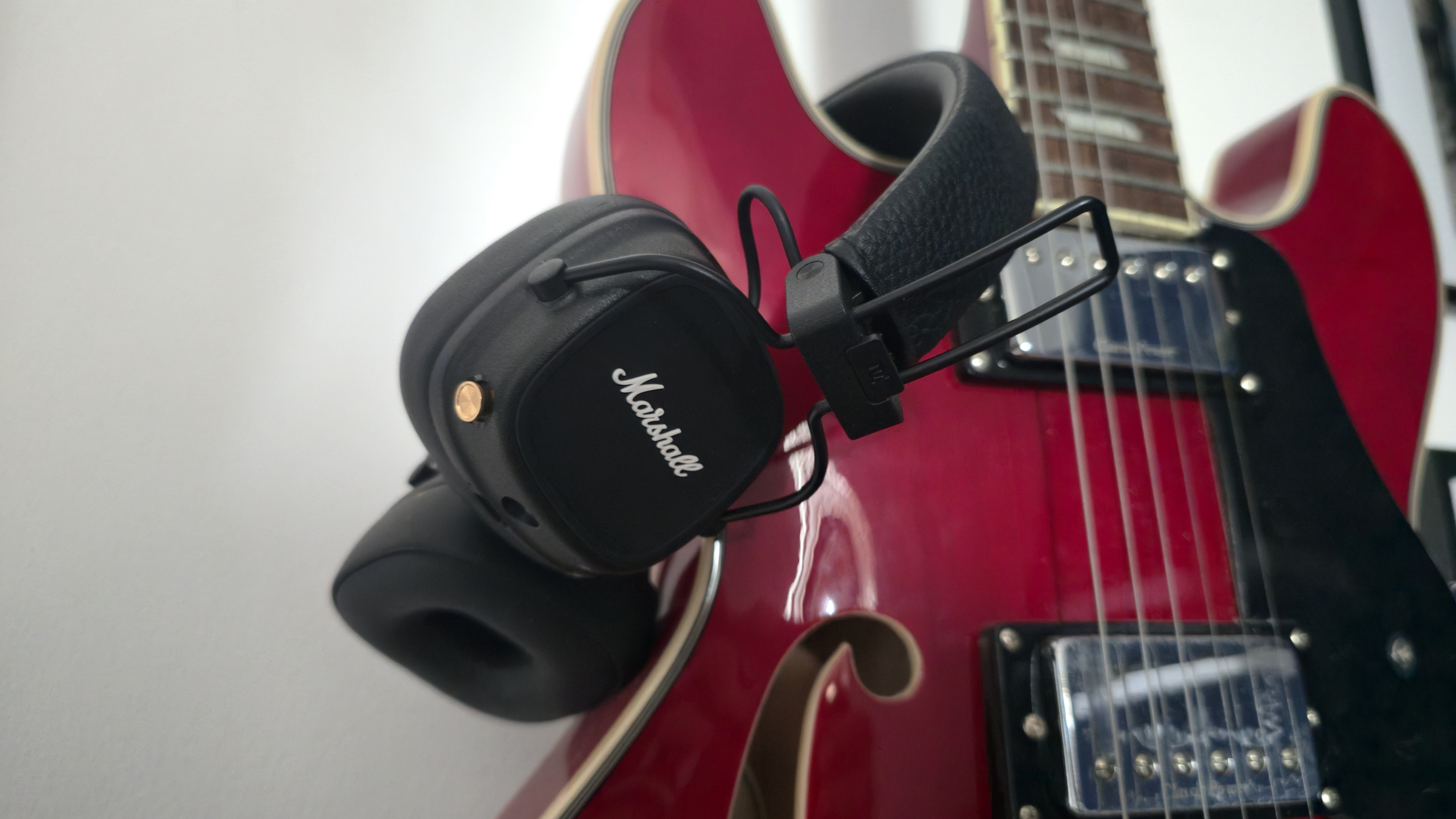How to write the perfect design dissertation
Tutors and students from top design colleges share their advice.
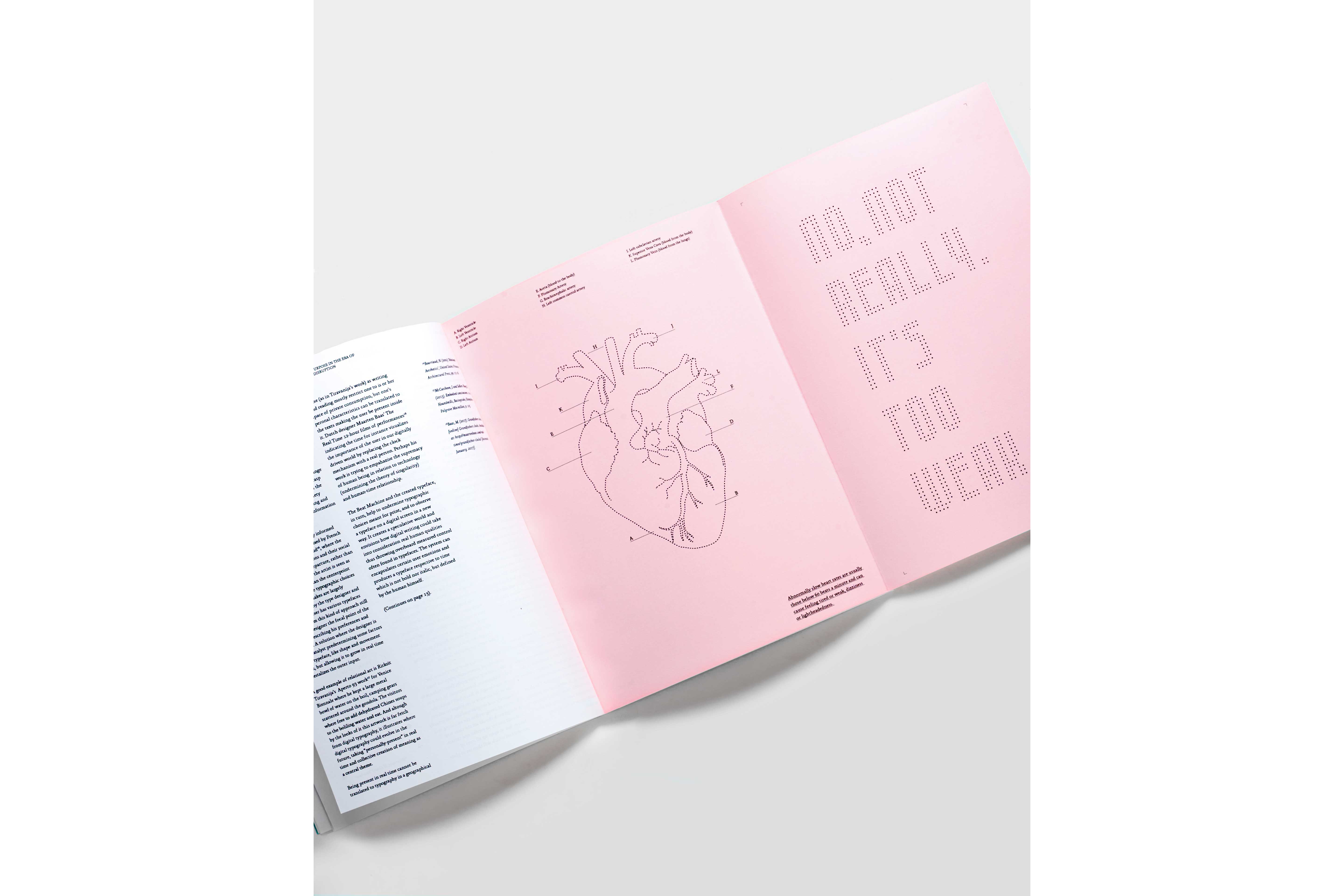
Studying design is about crafting a great design portfolio that will wow potential employers, right? Well, yes. But don't discount the importance of astute creative thinking, and expressing yourself eloquently through the written word. In short, your design dissertation matters.
"I don't believe that design students should be focused entirely on portfolio work," argues Myrna MacLeod, programme leader for Graphic Design at Edinburgh Napier University. "They should also be able to demonstrate an interest in the contexts that underpin their work, and the histories and connections that have informed our practice."
"Think of a dissertation as an opportunity, not a burden," urges Craig Burston, Graphic and Media Design course leader at London College of Communication (LCC). "It gives us visually-minded people an opportunity to demonstrate that we too can construct arguments and distil complex notions."
As Burston points out, this is not just an academic exercise: the power of persuasion is often key to success as a commercial designer. "Clients seek clarity, and project concepts or proposals need to be put into context," he says.
Read on to discover some top tips from leading tutors and their students for nailing your design dissertation…
01. Treat it like a design brief
"A great dissertation should be a designed artefact, and portfolio-worthy in its own right," says Burston. And like a design brief, it should be about solving a problem: "Make sure it has clearly stated aims, strong focus, and doesn't lack opinion or rhetoric," he adds.
"The value of a designed dissertation as a portfolio piece is that it's a holistic view of the individual," agrees Sarah James, senior lecturer in Visual Communication at Arts University Bournemouth (AUB).
"It shows, type, editorial, research and aesthetic skill, as well as the personal interests and convictions of the individual."
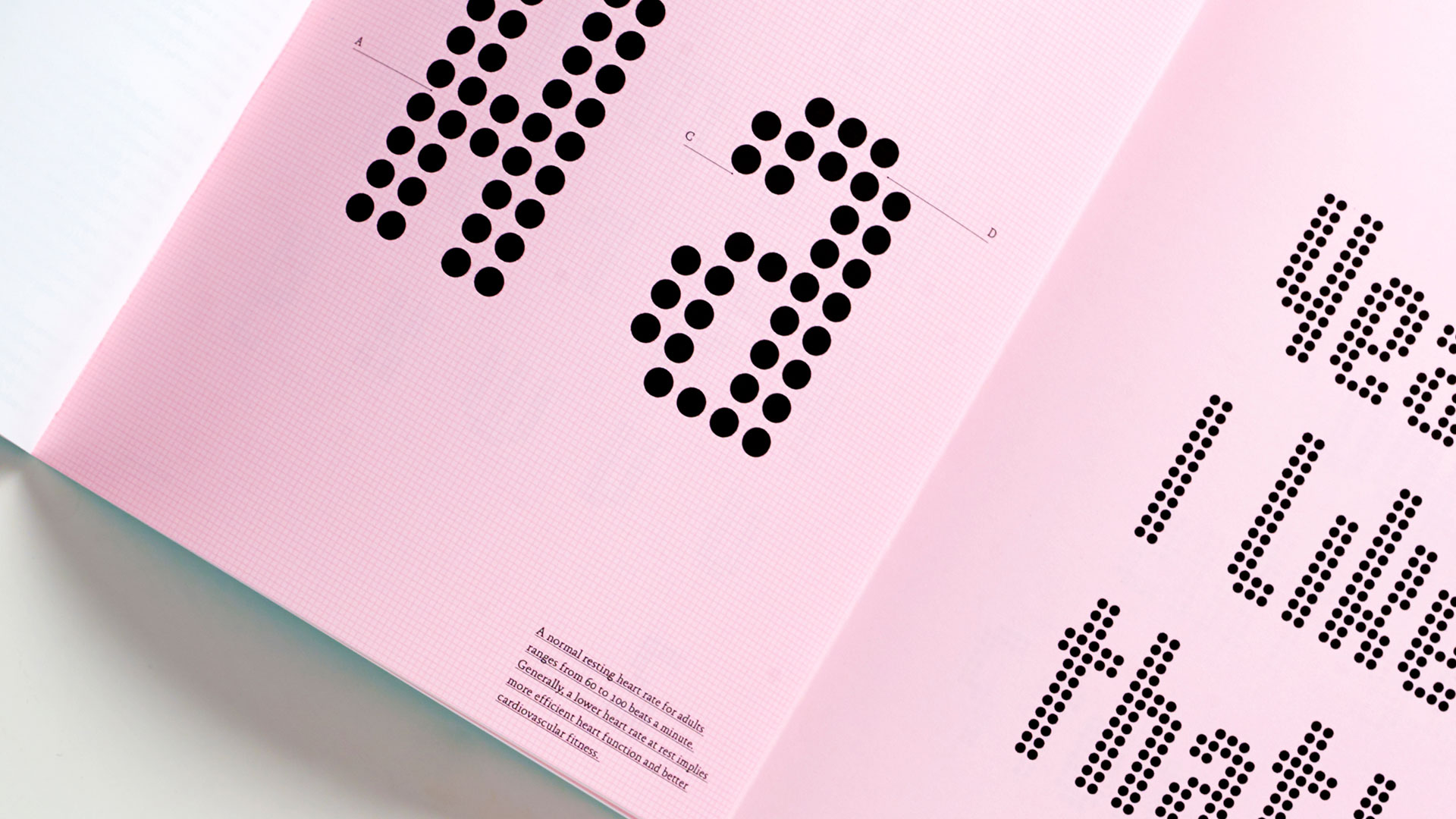
James identifies AUB student Maarit Koobas, who investigated responsive type in both her dissertation and final project, as a particularly strong example of this. "Her design version was one of the most authentic, restrained and elegantly expressive I have ever received," she enthuses.
Koobas conducted a huge amount of initial research into both the contexts in which responsive type can be seen – such as advertising, product design, science and material cultures – and the theories behind its analysis, including semiotics, philosophy and politics. "Creating and analysing ideas, before they end up in your portfolio, is what design is all about," argues Koobas.
02. Write about your passion
"To develop essay questions, AUB students are asked to consider what they love, hate or are puzzled by in their practice – essentially, what moves them," says James.
"A poor dissertation is inauthentically chosen for ease as opposed to interest," she adds. "It rambles and blusters, using complex language to mask insufficient research."
"You can tell a mile off when the writer isn't interested," agrees Burston. "How can you expect the reader to care about it if you don't? Write about something that reflects your interests, focus and direction. I've read fascinating dissertations on topics as diverse as patterns in nature, and Brutalist car parks. Make me interested in what interests you."
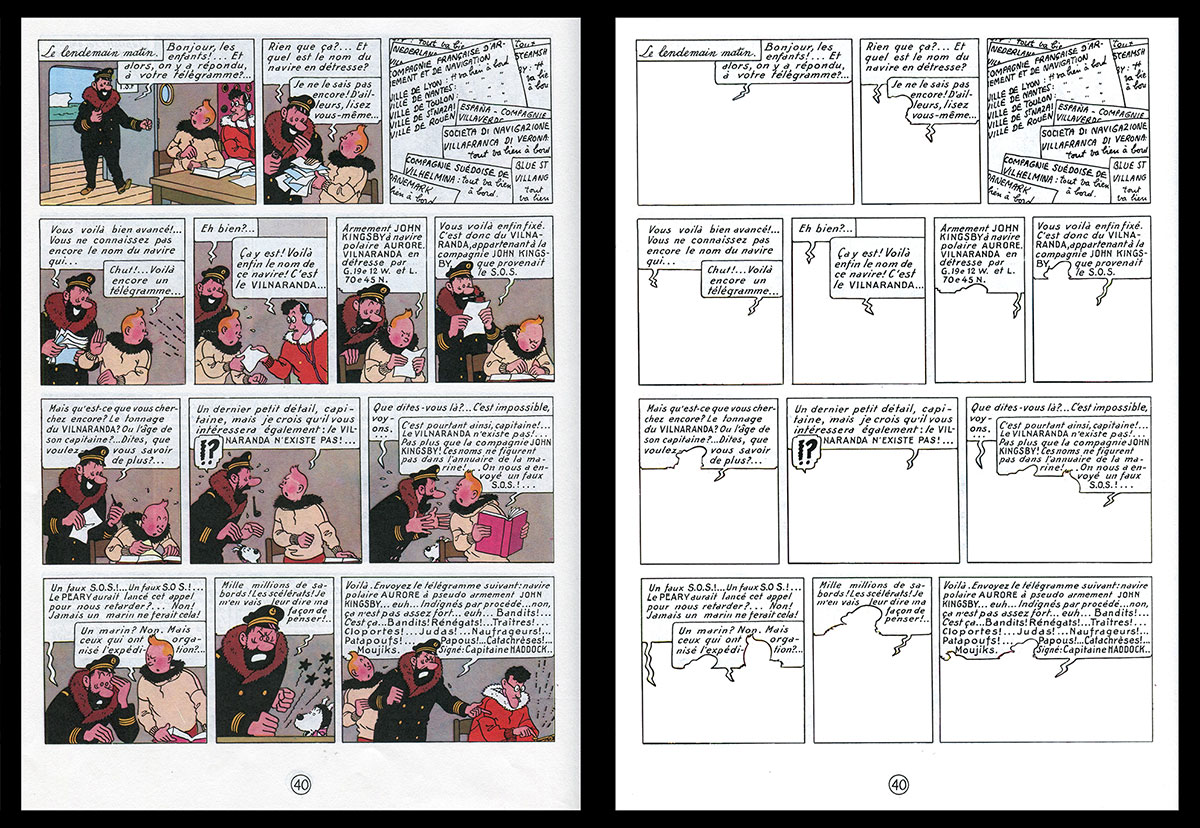
For Edinburgh Napier graduate Fiona Winchester, this topic turned out to be typography in graphic novels. "I love reading them, but I think people still don't take them seriously as an art form, which is a shame," she says. For her dissertation, she conducted qualitative interviews using modified pages with and without imagery (shown above).
Her advice is simple: "Narrow down your idea to be as precise as possible. The smaller your question, the easier it is to research and try to answer it."
If you're struggling to get the ball rolling on the actual writing process, Winchester advocates starting with whichever bit you have ideas for. "If you're stuck, it's so much easier to write in whatever order it comes to you, and then edit it into a dissertation, than to try write straight through from beginning to end," she insists.
03. Don't be afraid to talk to people
"I always think my students get the most out of the new streams of knowledge they find from talking to people," says McLeod. "It breaks down barriers and allows them to find answers to problems. Hopefully they will adopt that approach when designing for people also."
In some cases, this can involve interviewing your design heroes. "Students are very surprised when they send a question to Stefan Sagmeister, Milton Glaser or Michael Wolff and they reply with the most precious nugget of knowledge," smiles McLeod.
But remember: it's your dissertation, so don't get lazy and expect your interview subject to do all the heavy lifting.

In other cases, it could be as simple as asking friends or family to help proofread. "It is quite daunting writing such a large body of text," admits Kaori Toh, a recent graduate from Central Saint Martins, whose dissertation explored the politics of design and technology.
"I often felt I'd get lost in all that text and research," she confesses. "Therefore, I would often send my drafts to a couple of friends to have them look through, and keep my writing cohesive."
04. Reflect on your design practice
Most of all, dissertations are an opportunity to reflect on, and develop, your creative process as a designer. "Ultimately, it's your job to make your work relevant and credible, and the dissertation helps you learn how to do this," adds Burston.
Of course, writing doesn't always come easily to visually minded people – and Burston highlights the fact that dyslexia is not uncommon amongst designers.
"You're not on your own – in our profession, quite the opposite in fact – so do seek academic support, and just enjoy thinking and writing about 'stuff' that informs your practice," is his advice.
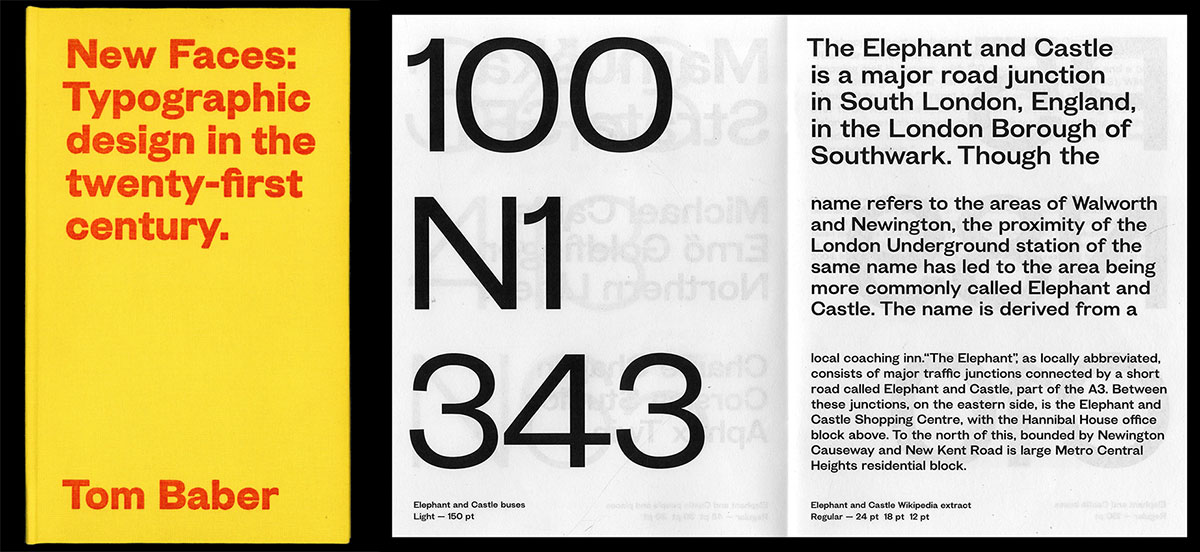
One of Burston's stand-out students from this year, Tom Baber, welcomed support from the university to help with his dyslexia. Baber's dissertation focused on type design, and particularly the extent to which the longwinded design process is worth the effort, compared to using an existing typeface.
"I saw it as an opportunity to approach other type designers and see what they thought. Turns out I'm not the first to ask the question," he smiles. "Writing my dissertation helped me change from a 'maker' mentality to a 'designer' mentality, and be more critical of my ideas."
Related articles:

Thank you for reading 5 articles this month* Join now for unlimited access
Enjoy your first month for just £1 / $1 / €1
*Read 5 free articles per month without a subscription

Join now for unlimited access
Try first month for just £1 / $1 / €1
Get the Creative Bloq Newsletter
Daily design news, reviews, how-tos and more, as picked by the editors.

Nick has worked with world-class agencies including Wolff Olins, Taxi Studio and Vault49 on brand storytelling, tone of voice and verbal strategy for global brands such as Virgin, TikTok, and Bite Back 2030. Nick launched the Brand Impact Awards in 2013 while editor of Computer Arts, and remains chair of judges. He's written for Creative Bloq on design and branding matters since the site's launch.
